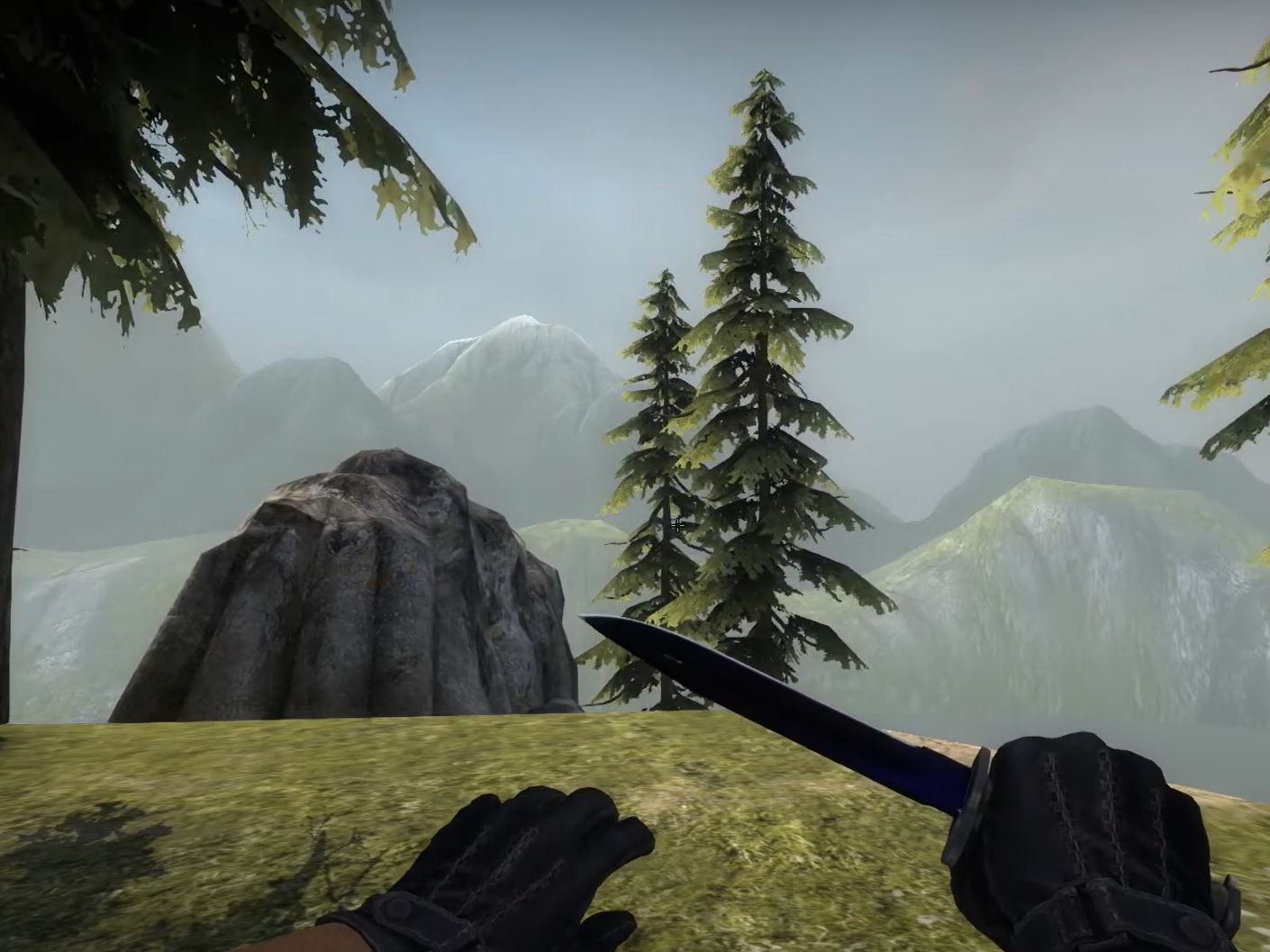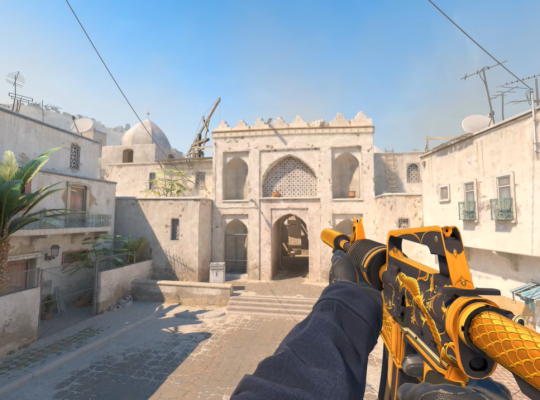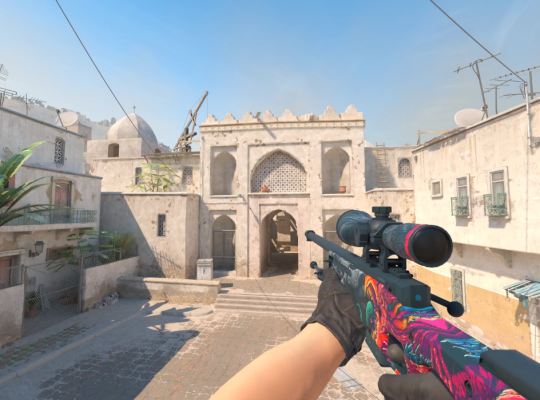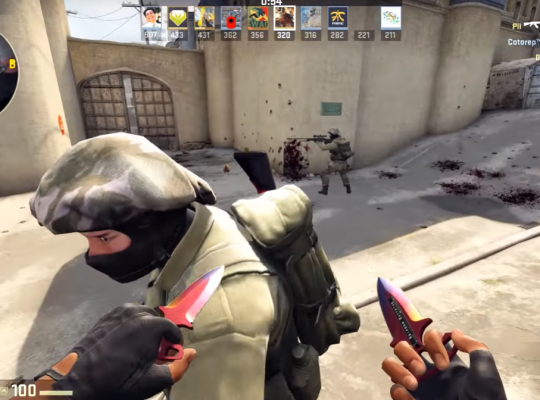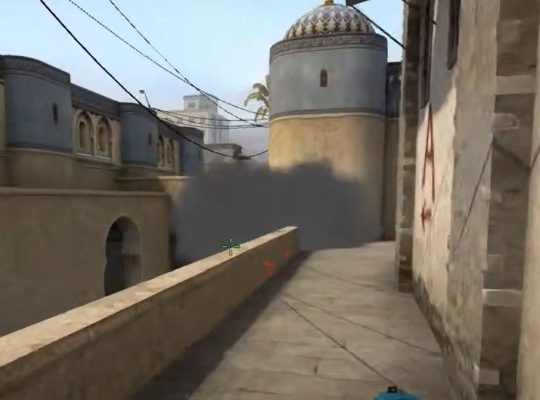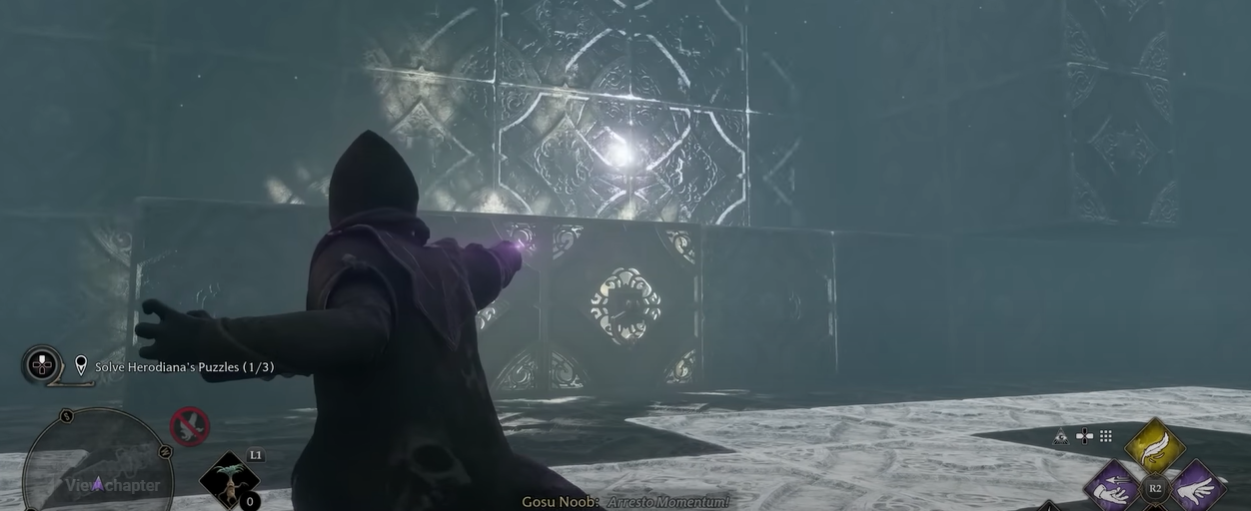The Cobblestone map is one of the most popular maps in CS:GO, known for its distinctive layout and challenging gameplay. Effective communication is crucial in CS:GO, and one of the key ways players communicate with their team is through callouts.
We will explore each map and discuss its key features, locations, and associated strategies. We will also examine how mastering callouts can give players a significant advantage in the game and help them to work more effectively with their teammates.
Complete List of Cobblestone Maps
Fountain: This is a circular area in the center of A Site, marked by a large fountain in the middle. The fountain can be used as cover when planting or defusing the bomb.
There are several spots around the fountain where players can hide to wait for opponents. Defenders can also use the fountain for cover while holding the site.
Long A: This is a long corridor that leads to A Site from the Terrorist Spawn area. It is a common entry point for Ts to attack the site and is often heavily defended by CTs.
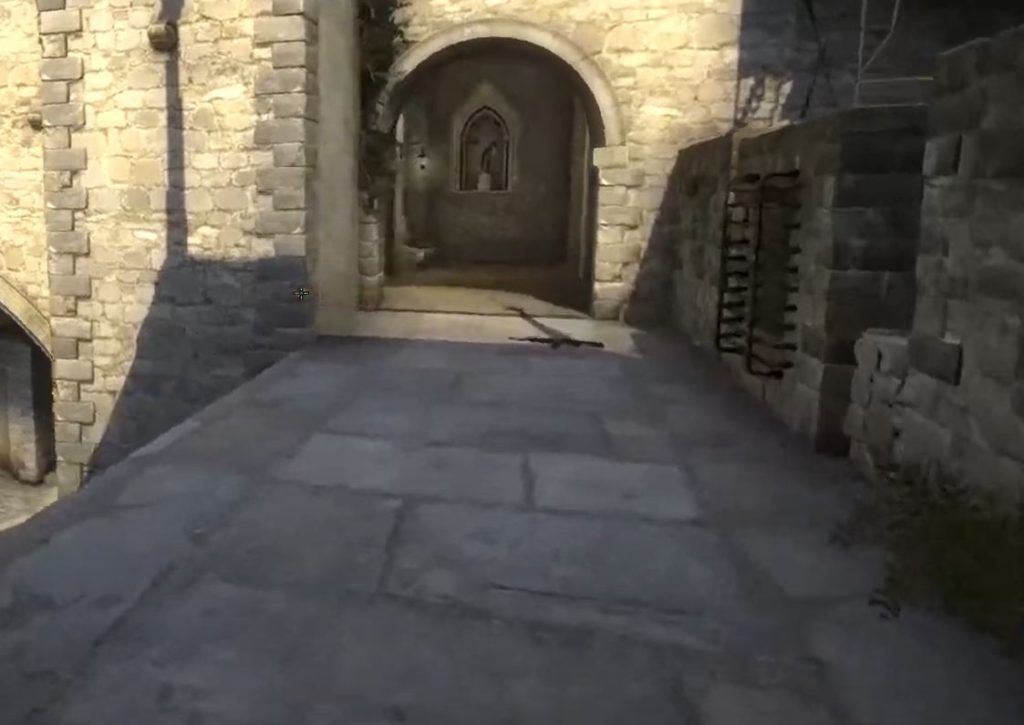
Balcony: This is a raised platform located near A Site that overlooks the area. It is a key location for CTs to hold as it provides a good vantage point for taking out enemies who are attempting to plant the bomb.
A Long: This is an alternate route for Ts to reach A Site, leading from the Terrorist Spawn area around the outside of the map. The long, winding corridor provides plenty of covers for players.
Catwalk: This narrow passageway connects A Long to the main A Site area. It is a key location for defenders to hold, providing a direct route for Ts to enter the site. Players on the catwalk can also cover teammates on the ground below.
B Platform: This raised platform near the B bombsite provides a good view of the area.
It is a key location for CTs to hold, allowing them to defend the site more effectively. Players on the platform must be careful not to expose themselves to fire from other areas of the map.
B Long: This long path leads from the Lower Tunnels area to the B bombsite. It is a common entry point for Ts to attack the site and is often heavily defended by CTs.
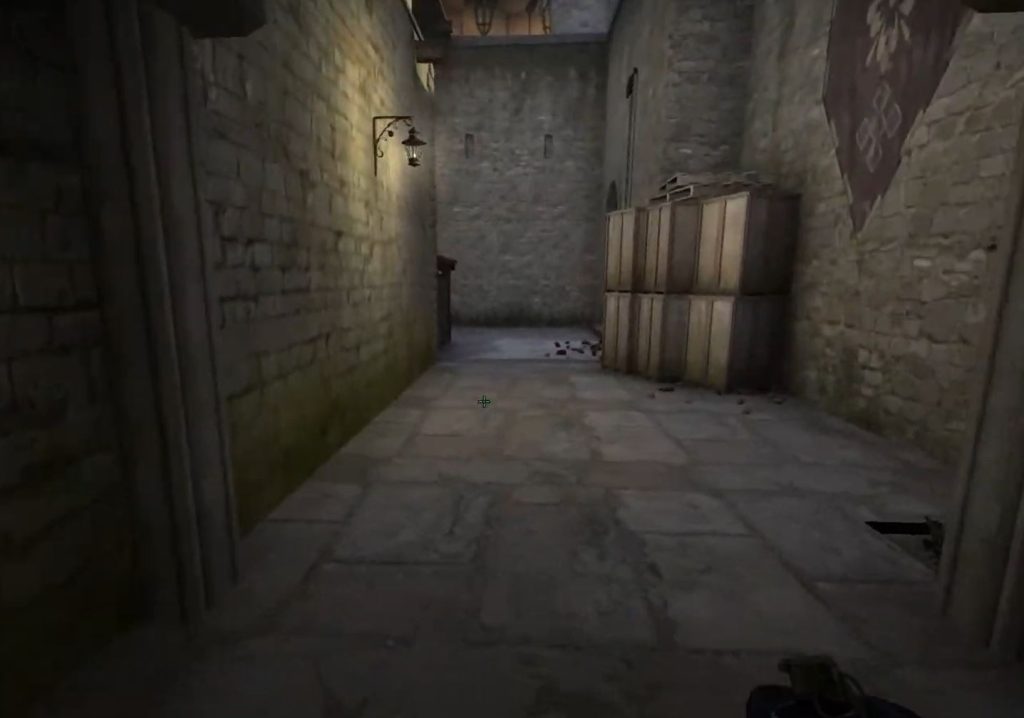
Players on B Long must be careful not to expose themselves to fire from B Platform or other areas of the map.
Chicken: This small hut is located in the corner of B Site, providing cover for players defending the site.
Electric: This room connects the Drop area to B Short. It is named for the large electric box on the wall.
B Short: This narrow passageway connects Electric to the B bombsite. It is a key location for Ts to control if they want to gain access to the site.
Boost: This is a spot where players can jump on top of each other to get to a higher position overlooking the B bombsite.
Ninja (B): This is a far corner of B Site where players can hide and wait for opponents. It provides cover from enemy fire and can be an effective location for players to surprise their opponents.
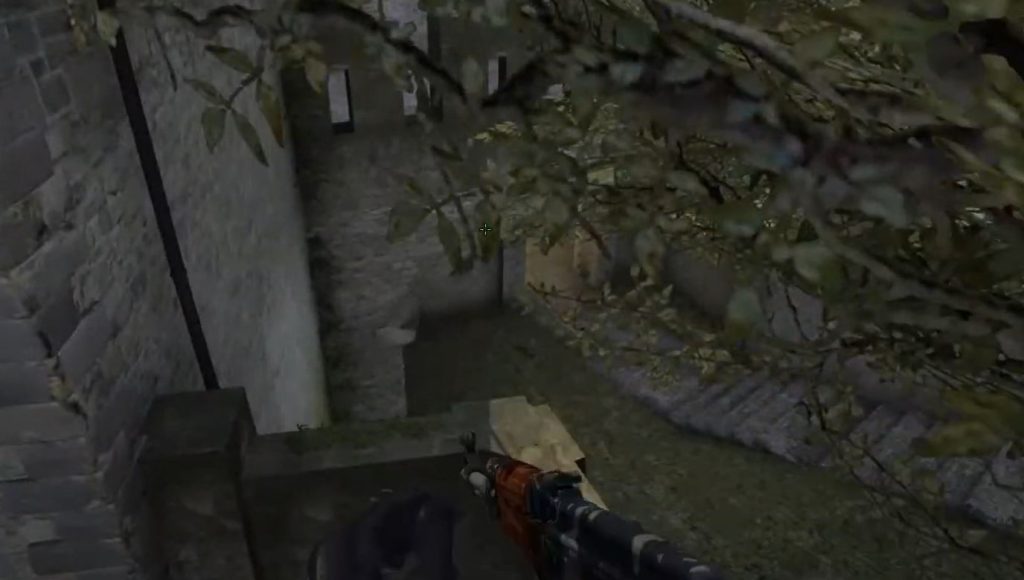
Rock: This spot opposite B Doors provides a good view of the exit from Electric. It is a key location for CTs to defend, providing a good vantage point for taking out enemies.
Mid: A room located in the center of the map that connects the T Ramp and CT Ramp.
CT Ramp: An area located between Mid and A Site. It is a crucial location for CTs to defend as it provides a direct route from Mid to A Site.
T Ramp: An area close to T Spawn that leads to A Site or B Site. It is a key location for the T team to control as it provides access to both bomb sites.
Statue: A statue that players pass by while moving from T Spawn to T Ramp. It is a common location for players to take cover and support their teammates.
Cubby: A small space from A Long to A Site at the entrance.
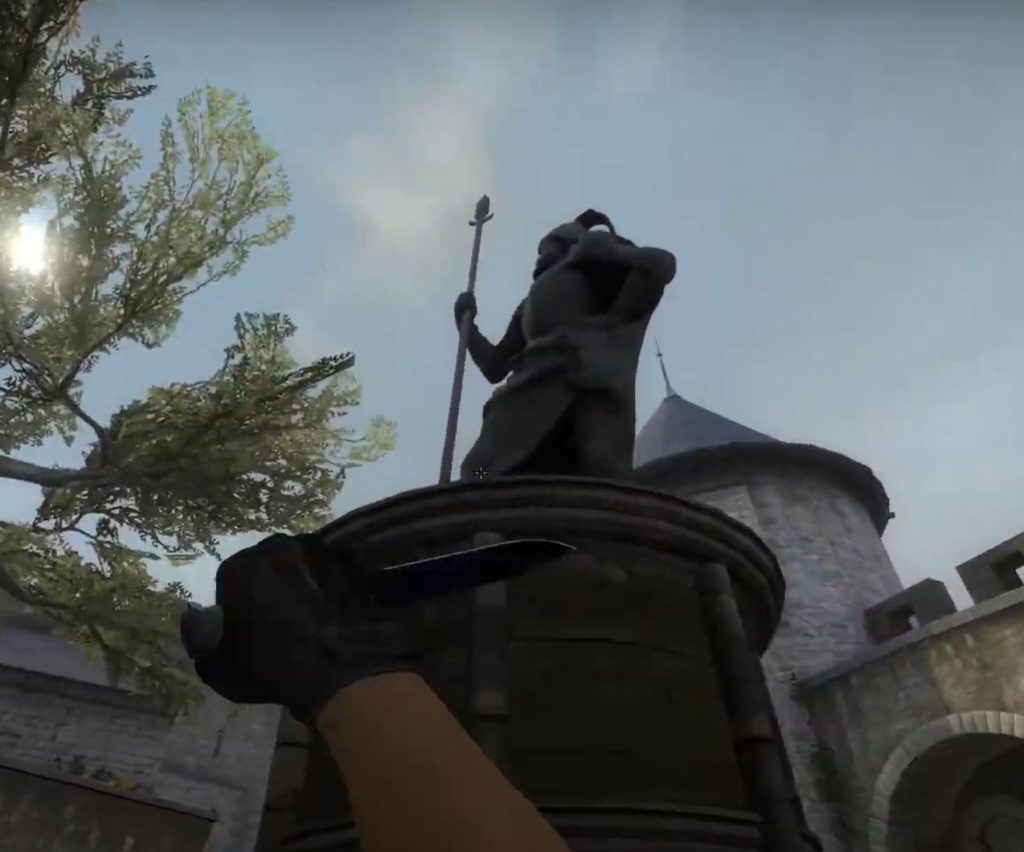
Mid Platform: A platform that overlooks Mid. It provides a good vantage point for players defending the area and is typically heavily contested by both teams.
Drop: A location where players can drop down from Sky or B Halls. It is a key location for the T team to control as it provides a direct route to B Site. Players need to be cautious when moving through Drop, as it is typically heavily defended by the CT team.
Window: A passageway that leads from Connector to Drop. It provides a direct route for players moving between these two areas.
Sky: A room that connects Lower Tunnels and Drop. It provides a direct route from the Terrorist Spawn area to B Site.
Snake: A room that leads to Upper Halls and eventually to B Site. It is typically less heavily defended than other areas of the map and can be a good location for T’s to use as cover when attacking B Site.
Patio: A room located between T Mid and Upper Tunnels. It is a key location for the T team to control as it provides access to B Site.
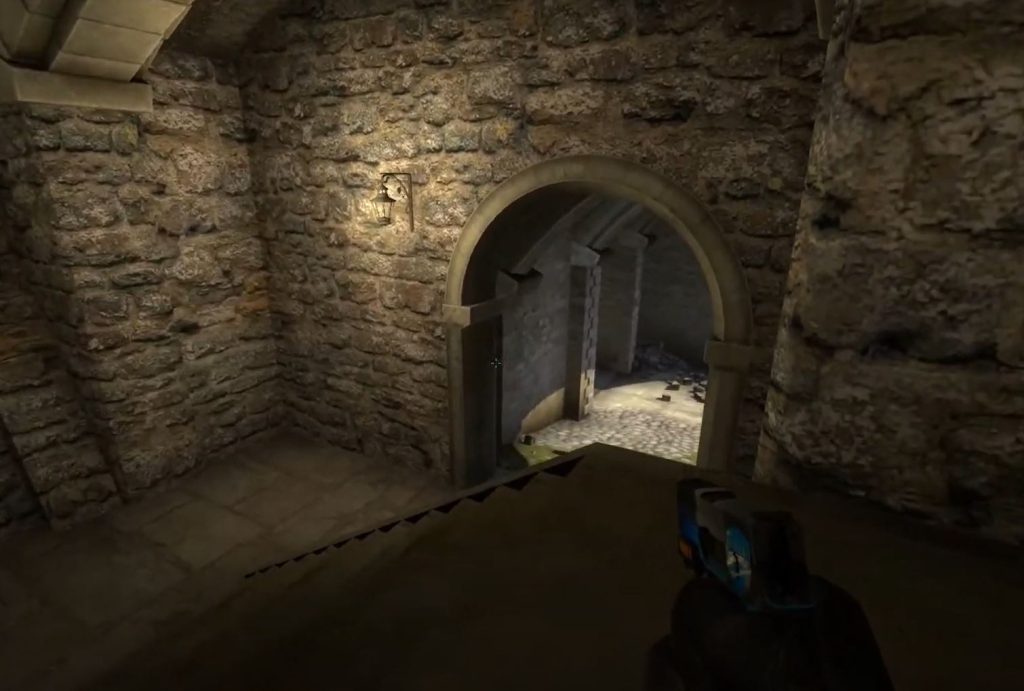
Upper Halls: These halls are located towards the middle of the map, and terrorists pass through them while moving from T Spawn to B Site.
Lower Halls: These halls are closer to B Site (for terrorists moving from T Spawn).
Connector: This area connects A Site/CT Spawn and B Site.
B Site: This is another area where the bomb can be planted, but it is distant from the spawn points of terrorists and counter-terrorists.
A Site: This is an area where the bomb can be planted. It is typically located near CT Spawn and is heavily defended by the CT team.
T Spawn: This is where terrorists spawn in a distant part of Cobblestone.
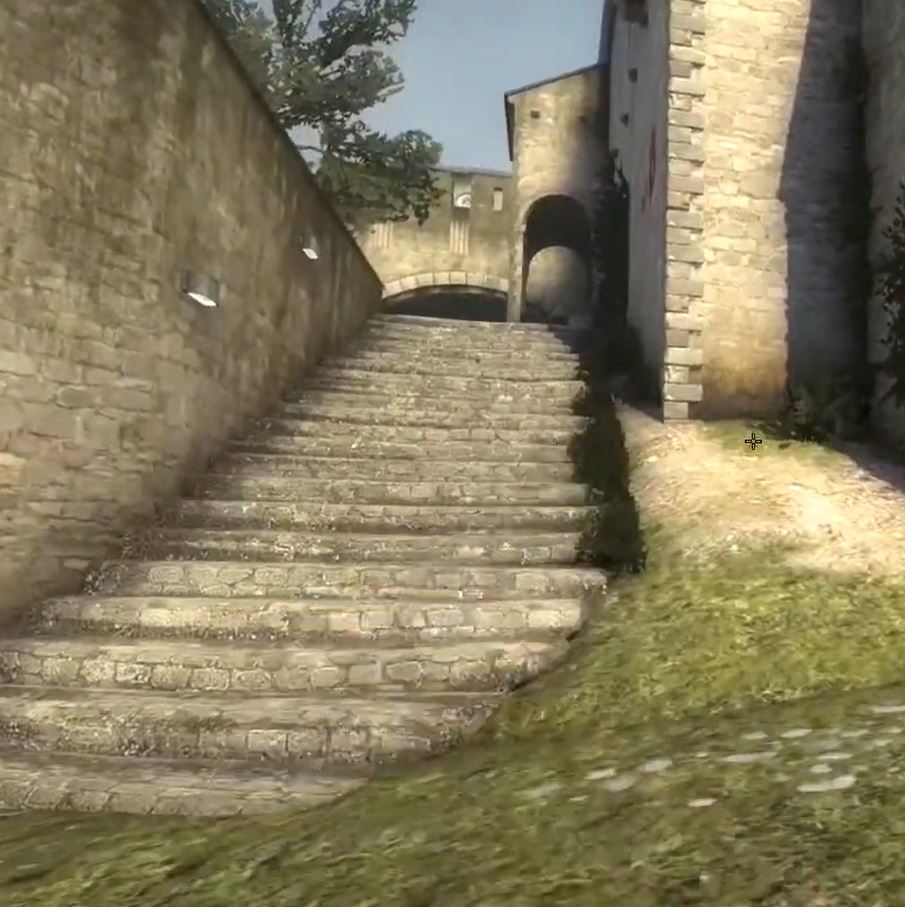
Broken Wall: A location at the end of B Long where players can jump over a wall to gain access to B Site.
Vent Room: A small room near A Site that can be accessed through a vent.
Stables: A small area located near A Site separated from the bombsite by a small wall.
Read Next: CS:GO’s Train Callouts
Wrapping Up
Overall, Cobblestone is a highly important map in CS:GO and is played frequently in both casual and competitive modes. Its unique layout and strategic gameplay [1] make it a favorite among players and teams, and mastering this map is a key skill for any CS:GO player looking to improve their game.

